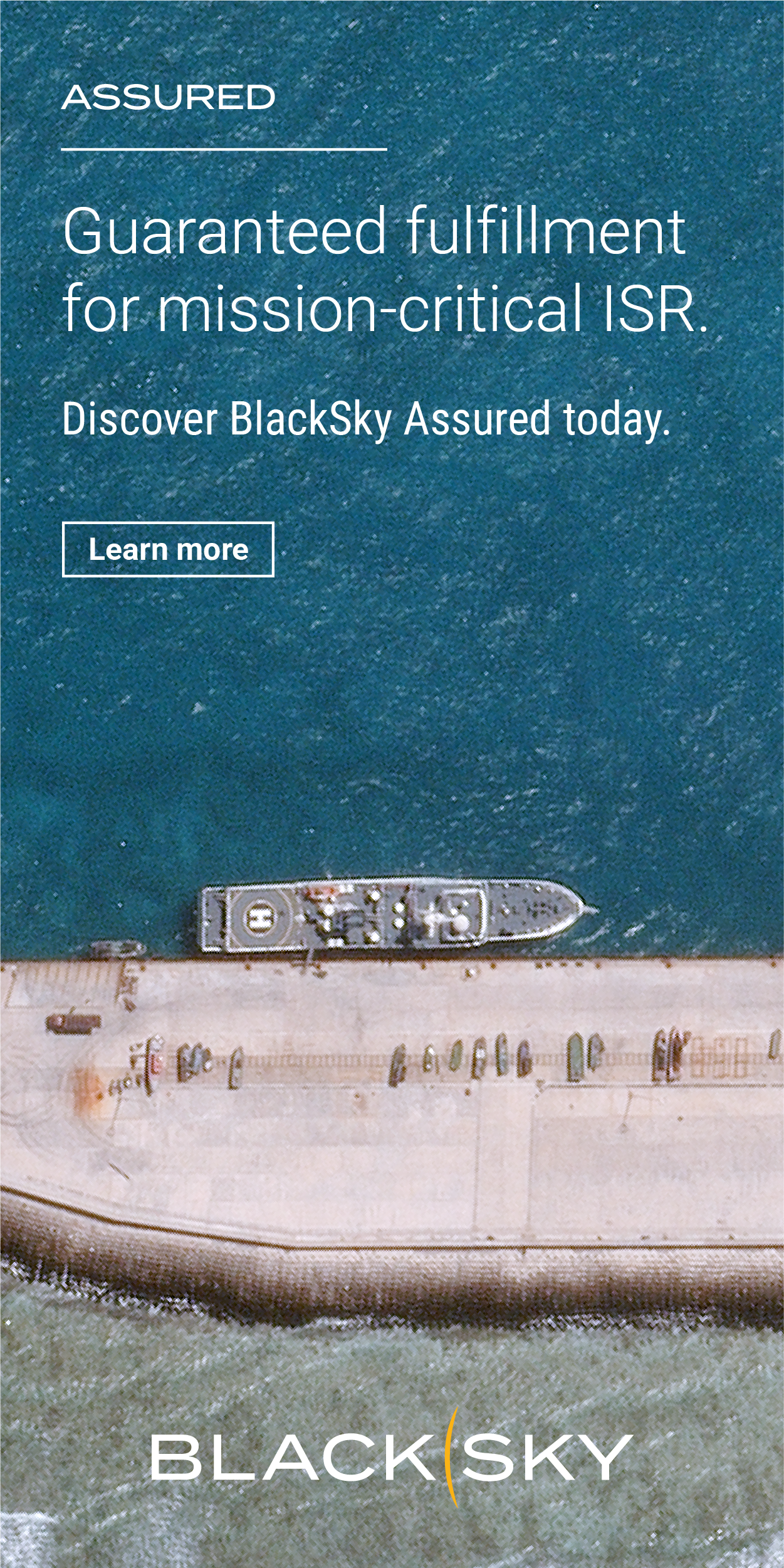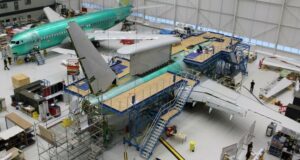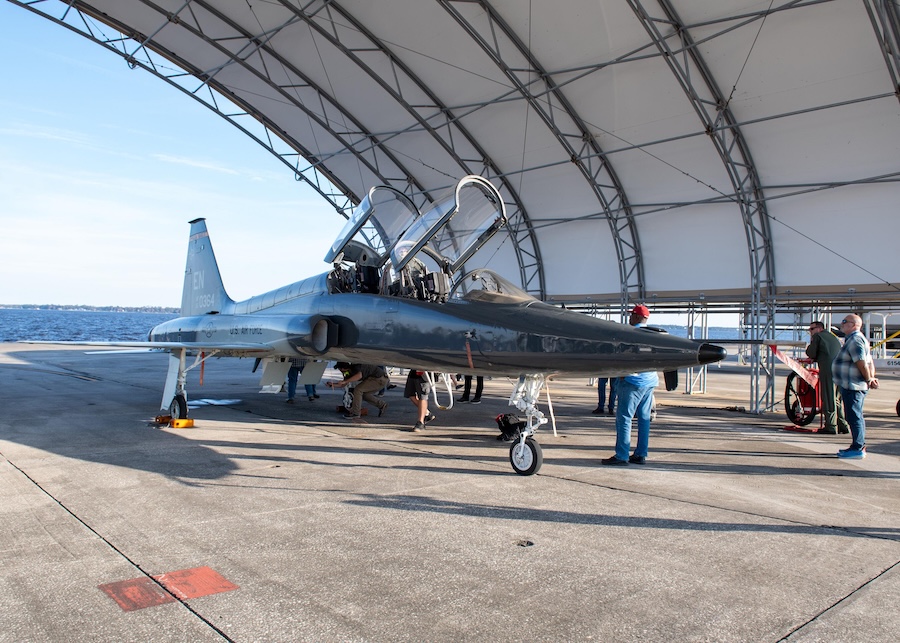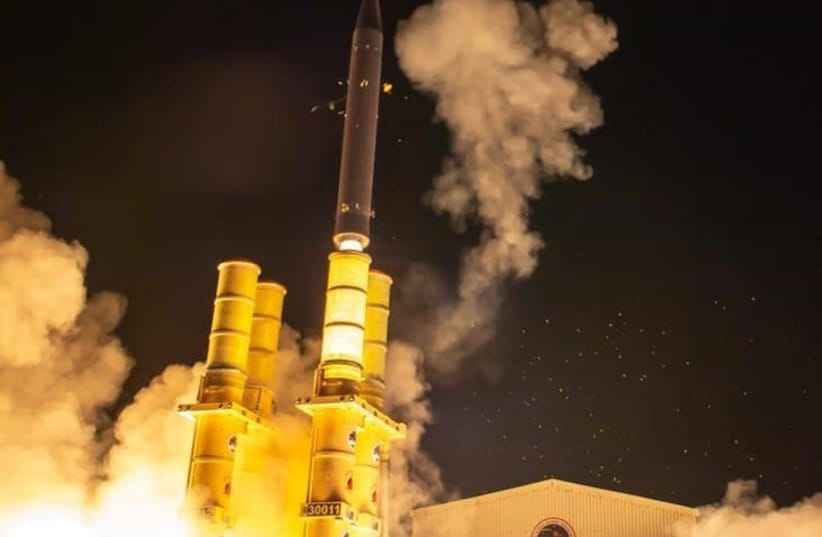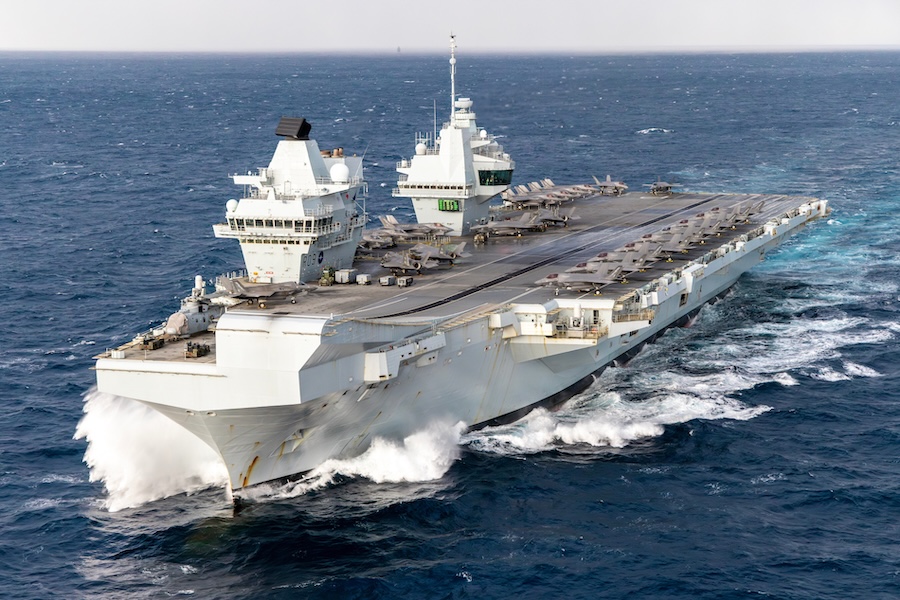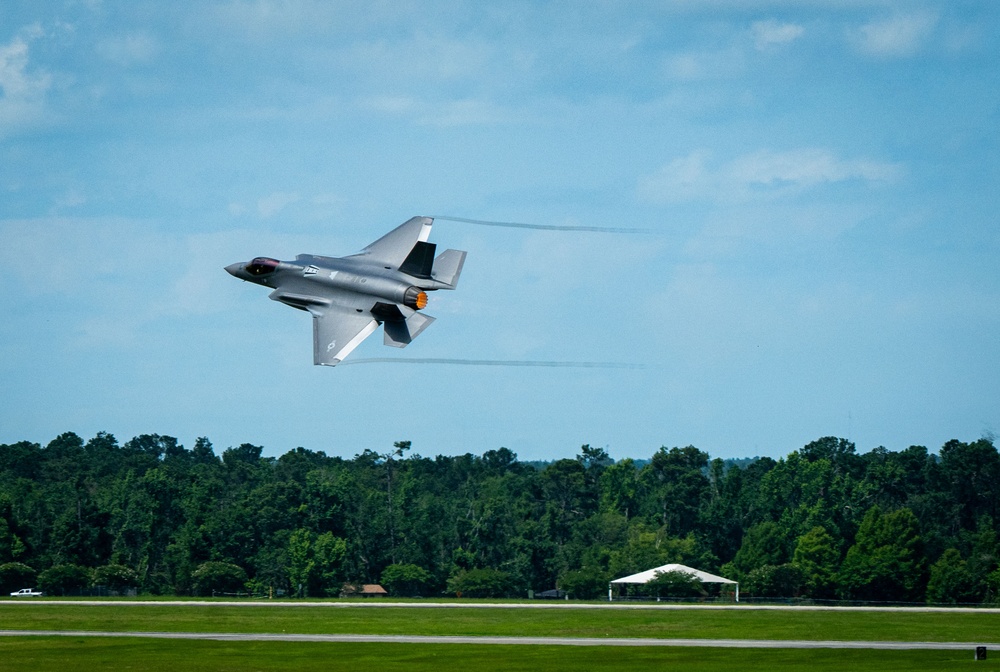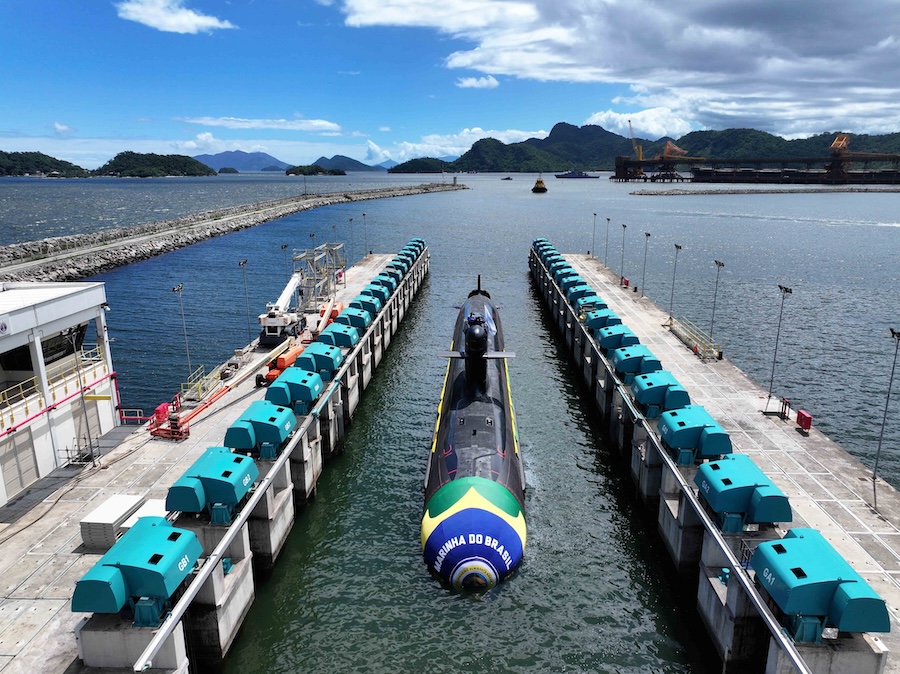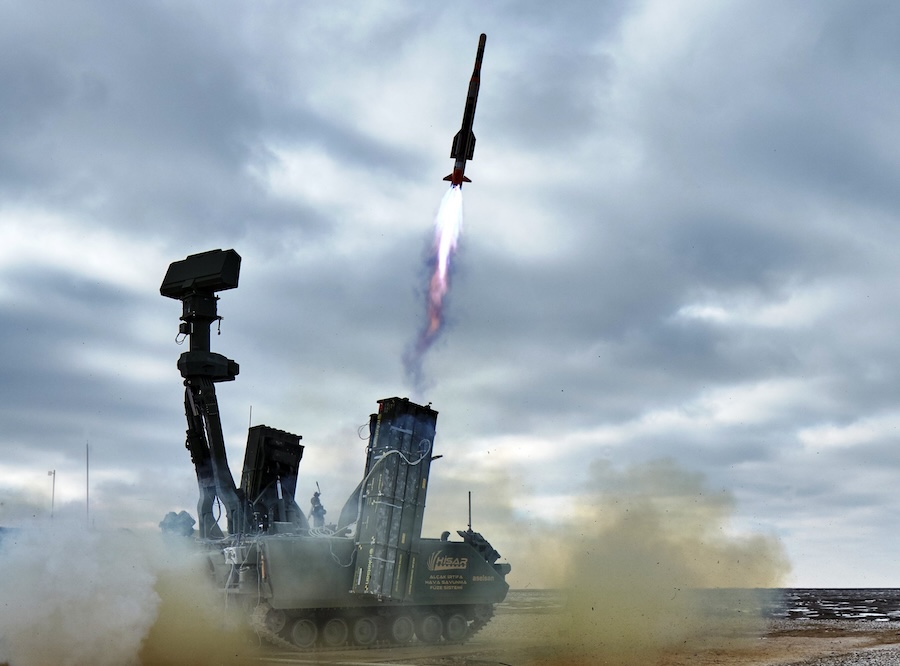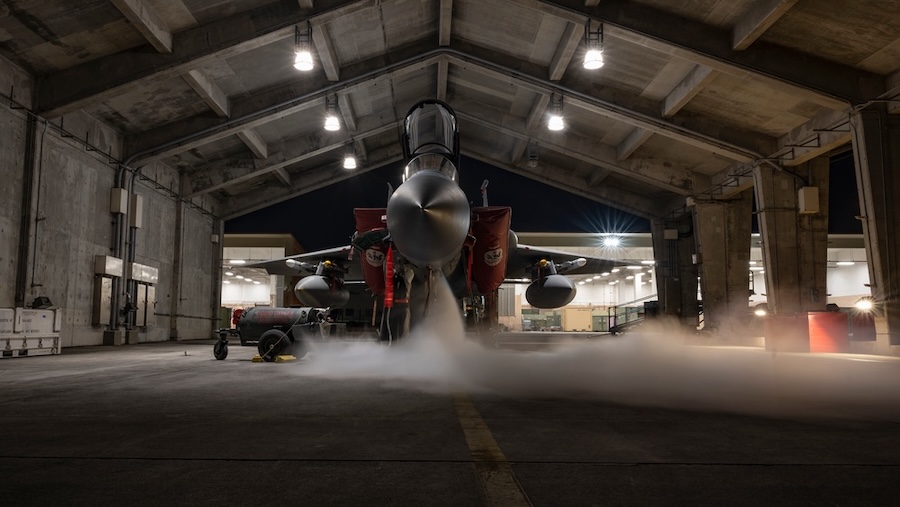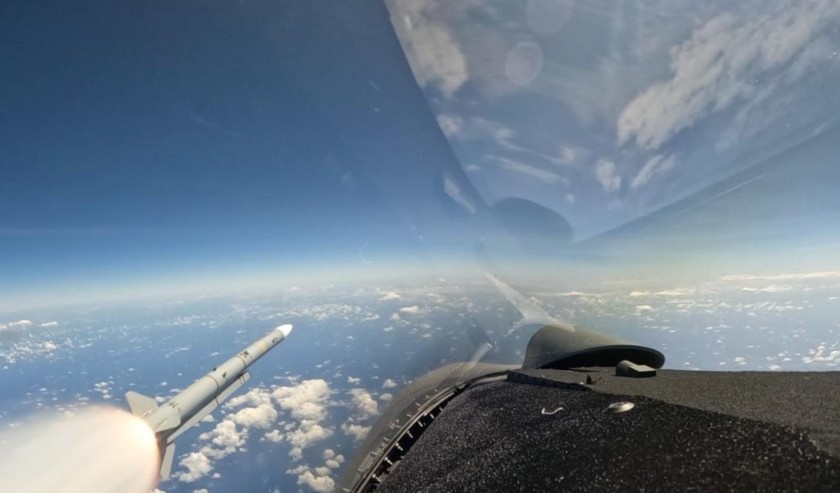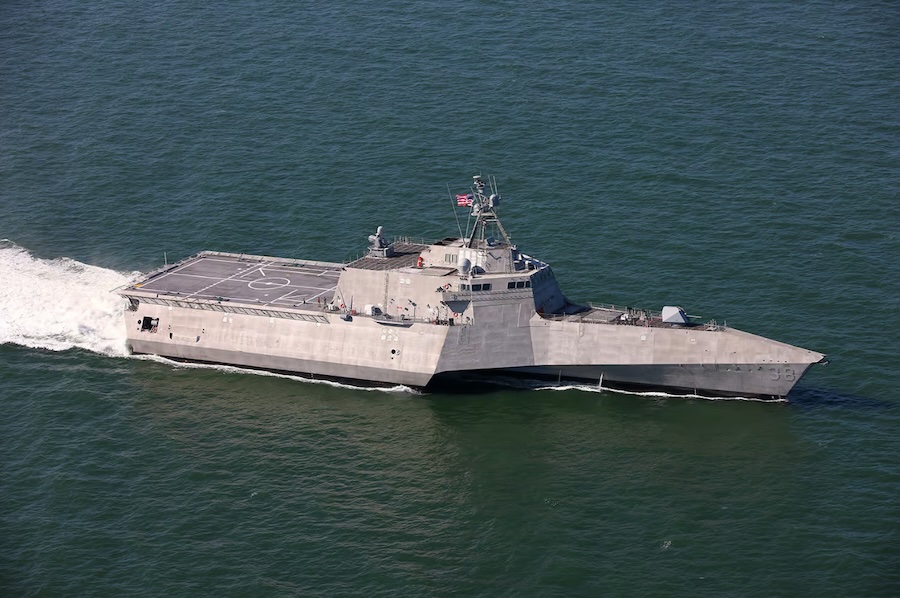The DSSC-6 configuration is set to reduce pilot workload, enhance situational awareness, and deliver crucial readiness and reliability improvements. It also incorporates advancements in architecture and cybersecurity to modernise the platform.
The PDR evaluated the allocated baseline for the programme and authorised its transition into the detailed design phase. This next stage will refine the E-2D DSSC-6 system ahead of the critical design review, scheduled for the next fiscal year.
A 10-member Technical Review Board, co-chaired by Gary Evans, NAWCAD Director of Systems Engineering, and Hin Chan, NAWCAD Director of Software Engineering, oversaw the review. “The E-2D DSSC-6 team is leading Naval Aviation in transforming a franchise platform architecture to take advantage of the advent of digital engineering,” Evans stated.
During the review, government and industry teams collaborated to manage action items aimed at ensuring a mature and robust system design. This joint effort will guide the programme through the detailed design phase and prepare it for future assessments.
“Successful completion of the E-2D DSSC-6 PDR is an affirmation of the ground-breaking work undertaken by the combined PMA-231 and NGC teams,” said Lieutenant Commander Neil Whitesell, PMA-231 Level 2 Programme Manager for DSSC-6. “It represents a major programmatic milestone in the acquisition of technology key to maintaining carrier-based airborne command and control dominance well into the next decade.”
The DSSC-6 upgrade includes avionics infrastructure improvements to both flight and mission systems. These enhancements aim to increase crew effectiveness, address obsolescence issues, improve computing and electronic storage, and enhance connectivity for command and control operations. The programme also establishes a modular open systems architecture to accommodate future technology updates.





